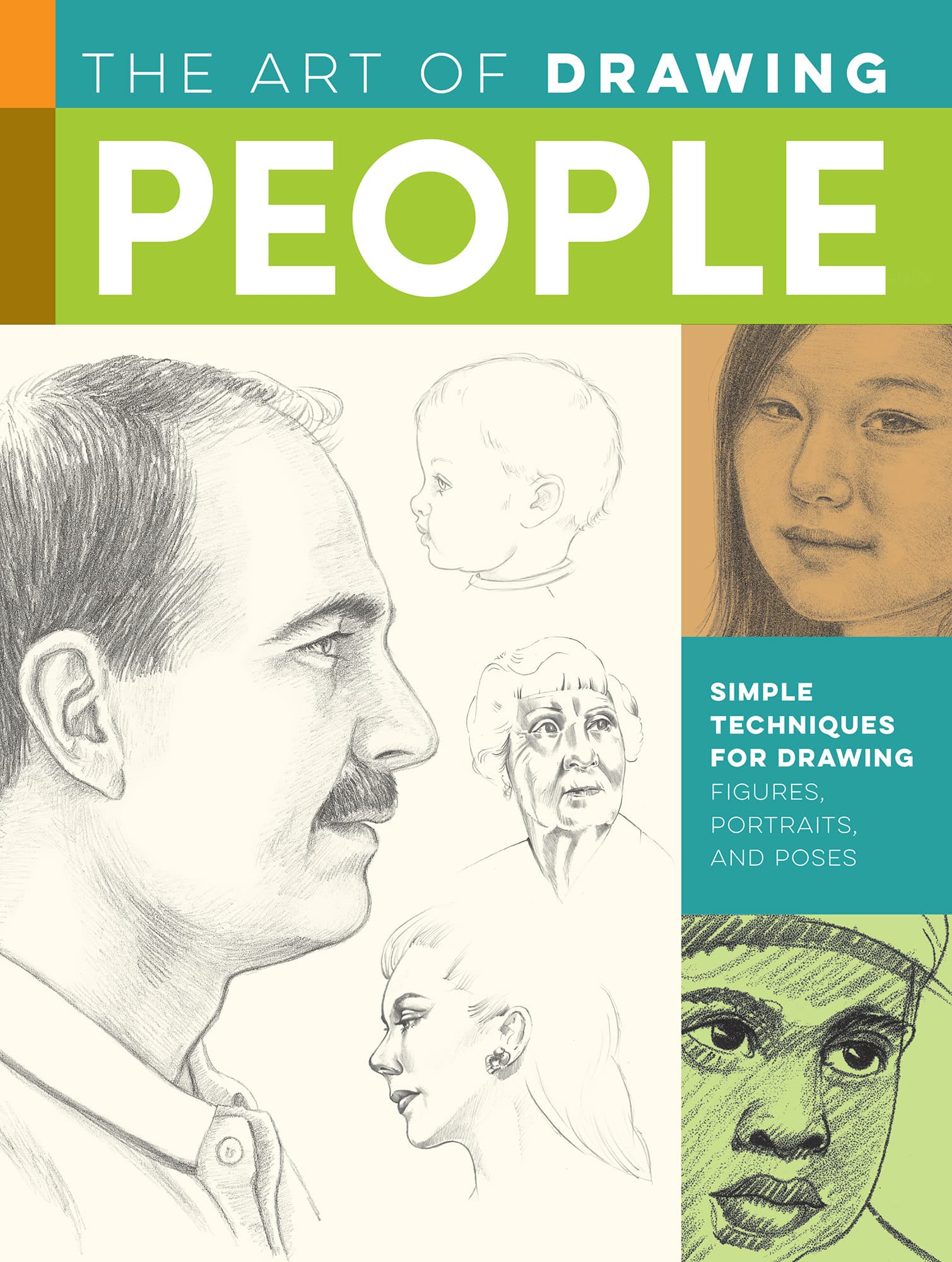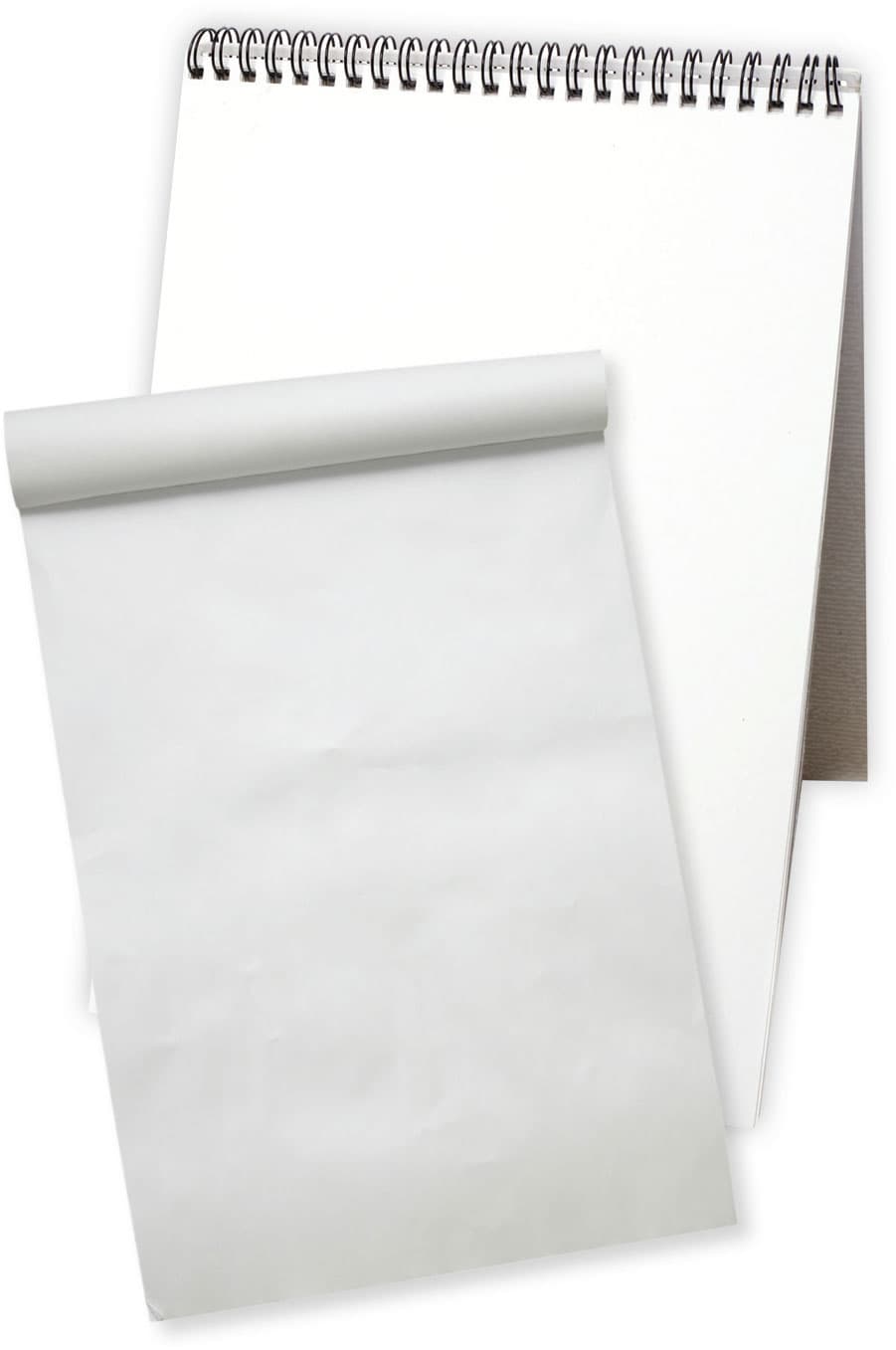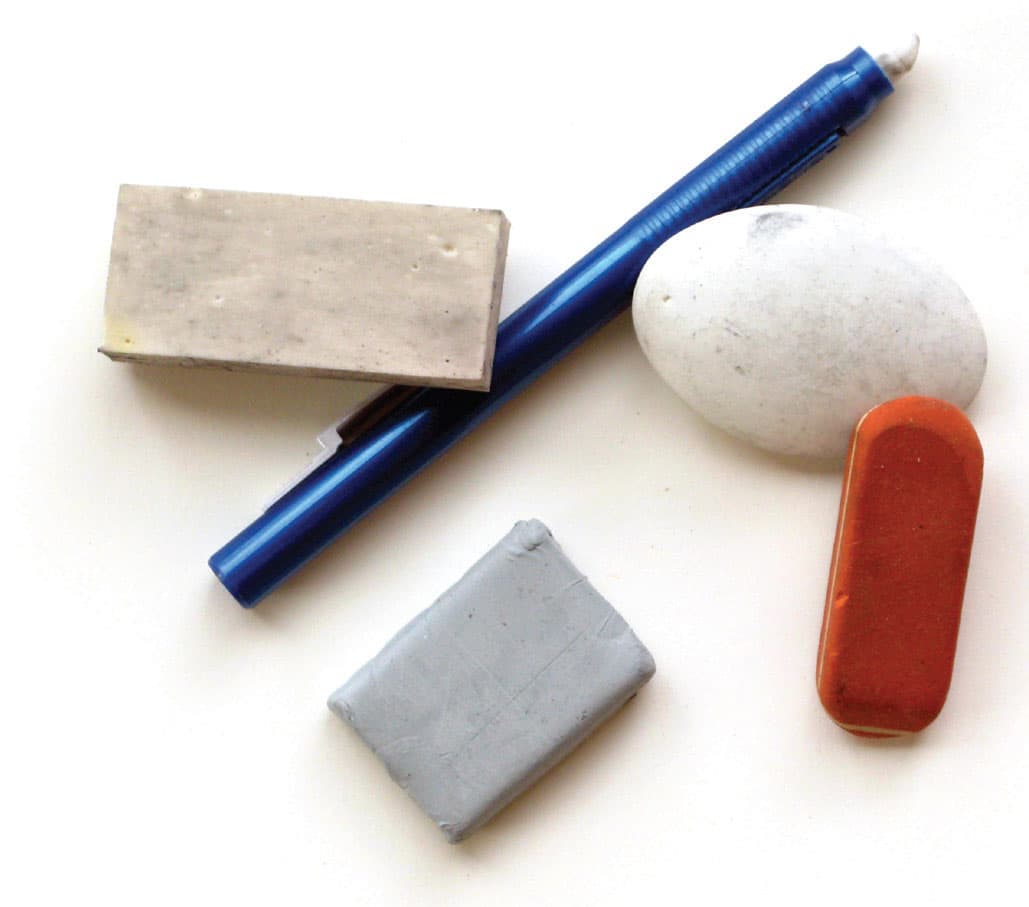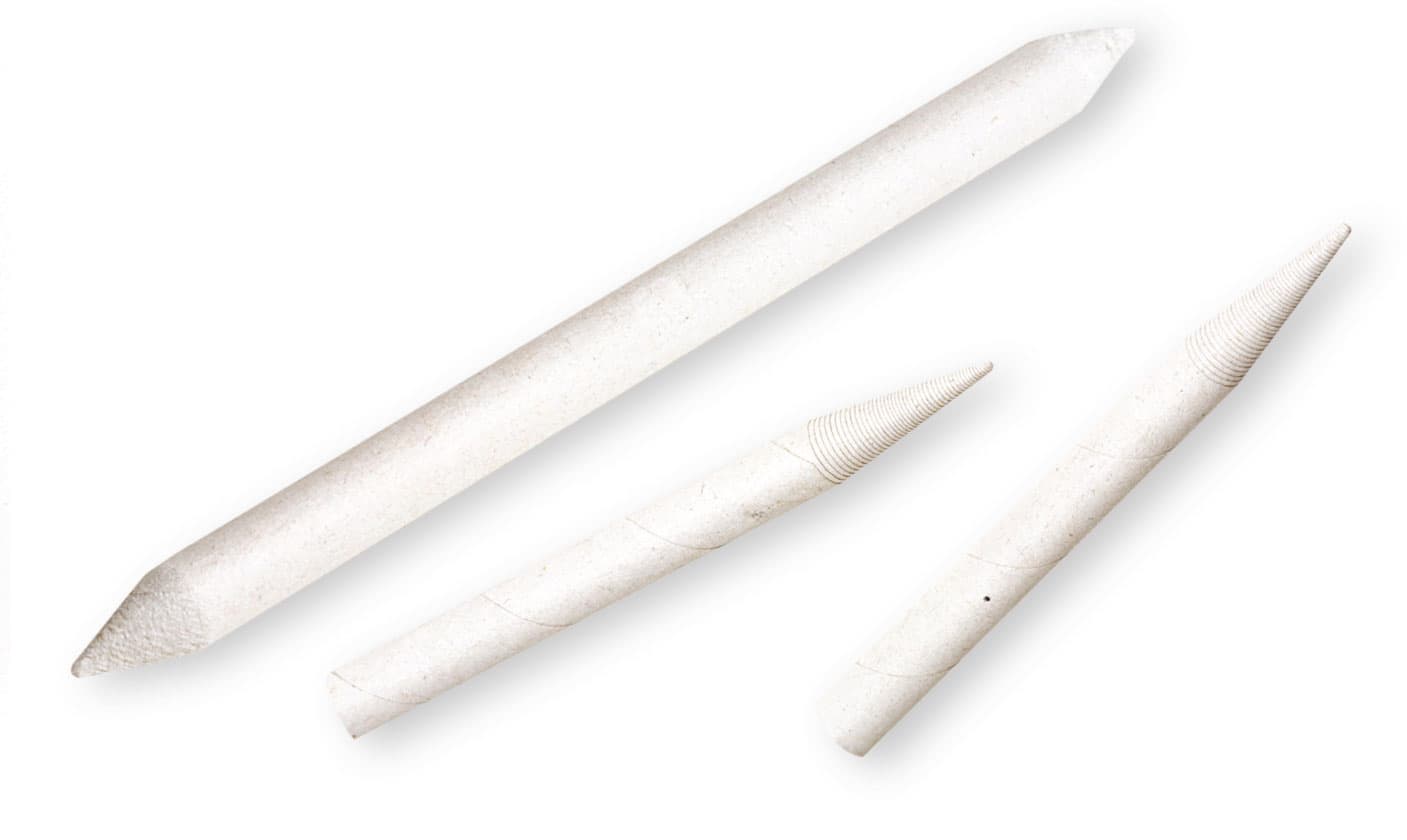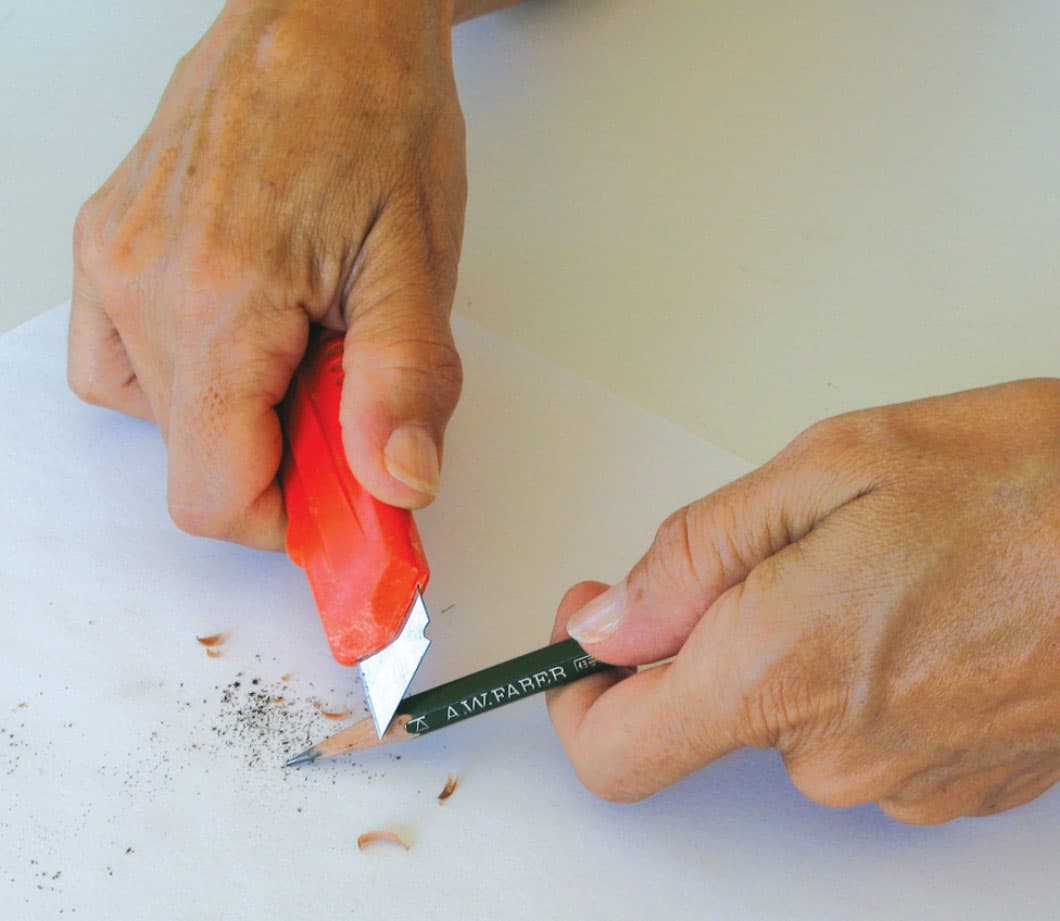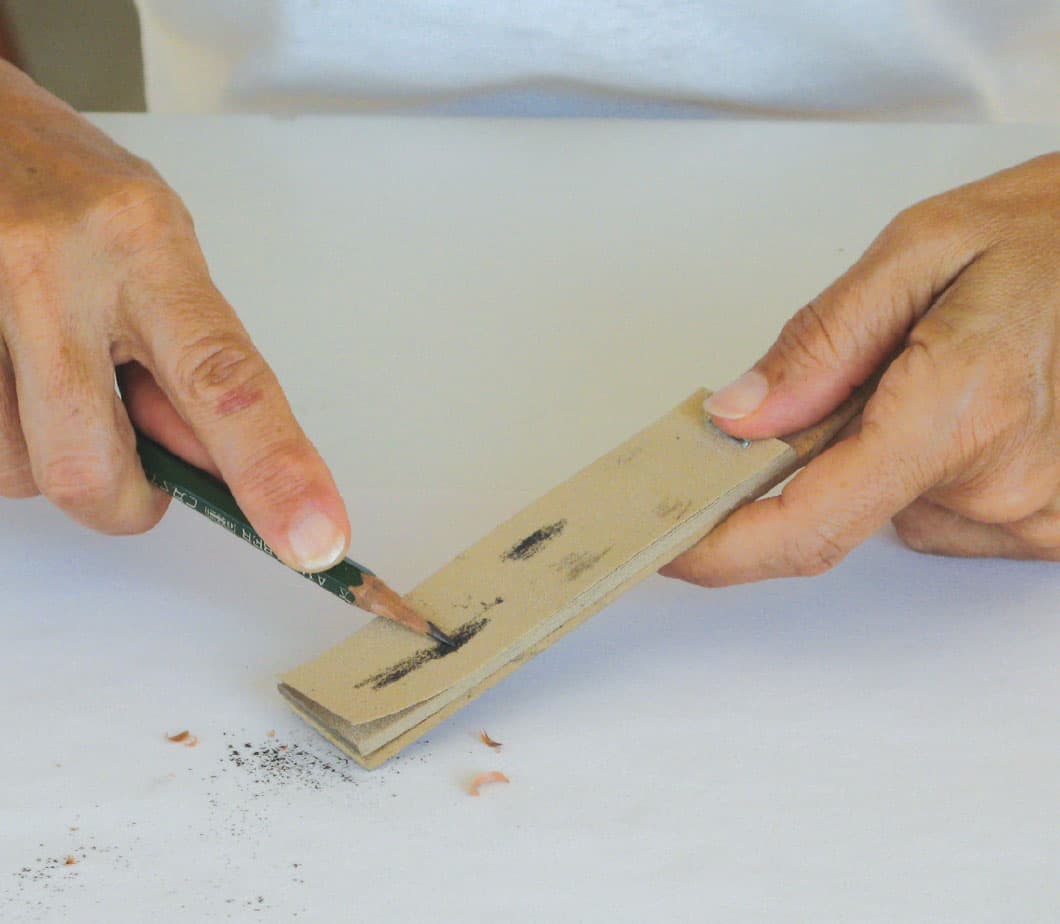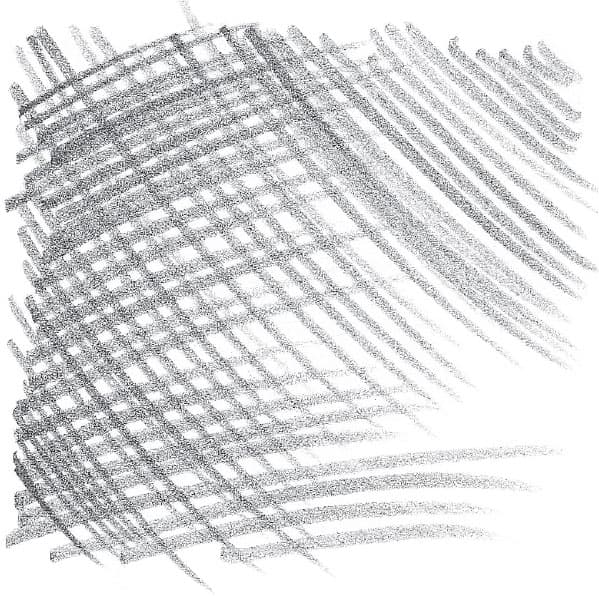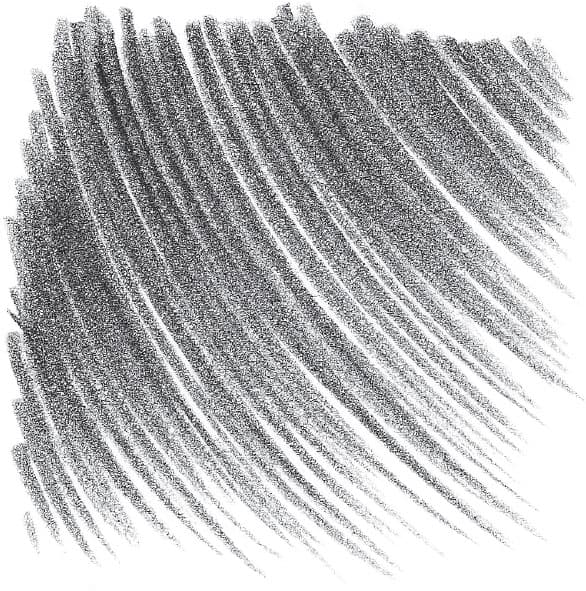Debra Kauffman Yaun - The Art of Drawing People: Simple Techniques for Drawing Figures, Portraits and Poses
Here you can read online Debra Kauffman Yaun - The Art of Drawing People: Simple Techniques for Drawing Figures, Portraits and Poses full text of the book (entire story) in english for free. Download pdf and epub, get meaning, cover and reviews about this ebook. year: 2019, publisher: Walter Foster Publishing, genre: Home and family. Description of the work, (preface) as well as reviews are available. Best literature library LitArk.com created for fans of good reading and offers a wide selection of genres:
Romance novel
Science fiction
Adventure
Detective
Science
History
Home and family
Prose
Art
Politics
Computer
Non-fiction
Religion
Business
Children
Humor
Choose a favorite category and find really read worthwhile books. Enjoy immersion in the world of imagination, feel the emotions of the characters or learn something new for yourself, make an fascinating discovery.

- Book:The Art of Drawing People: Simple Techniques for Drawing Figures, Portraits and Poses
- Author:
- Publisher:Walter Foster Publishing
- Genre:
- Year:2019
- Rating:4 / 5
- Favourites:Add to favourites
- Your mark:
The Art of Drawing People: Simple Techniques for Drawing Figures, Portraits and Poses: summary, description and annotation
We offer to read an annotation, description, summary or preface (depends on what the author of the book "The Art of Drawing People: Simple Techniques for Drawing Figures, Portraits and Poses" wrote himself). If you haven't found the necessary information about the book — write in the comments, we will try to find it.
Learn to draw one of arts most interesting and challenging subjects. Packed with practical advice, helpful tips, and fundamental drawing techniques, The Art of Drawing People explores how to capture detailed poses and likenesses in graphite pencil.
With step-by-step instruction from a variety of artists, youll find plenty of helpful tips on choosing the right tools and materials , fundamental drawing techniques , developing value and shading , and setting up an effective composition , as well as important information about the influences of anatomy , bone structure , and musculature. Detailed examples of facial features, hands, and feet will help guide you through the most challenging aspects of drawing people.
Whether drawing from life or from photographs, this comprehensive drawing guide is the perfect first step for beginning artists. Follow along, step by step, as professional artists reveal their drawing secrets. With practice, youll soon be able to capture amazing likenesses in your own pencil drawings. Its as easy as 1, 2, 3.
Debra Kauffman Yaun: author's other books
Who wrote The Art of Drawing People: Simple Techniques for Drawing Figures, Portraits and Poses? Find out the surname, the name of the author of the book and a list of all author's works by series.

